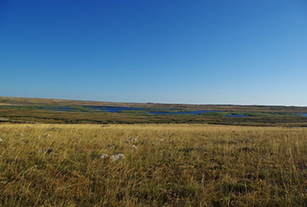
Veliko Blato
Veliko blato is 2 km from Povljana and it can be accessed by an asphalt road leading to the town of Vlašići. Veliko blato is a protected Ornithological reserve of wading birds. This is the last place of this kind in Europe where this particular kind of birds flies down on their way to the South. There are freshwater fish in the lake of Veliko blato. Veliko blato was one of the first fish farms in Europe, adapted for this purpose by the family Košcina.
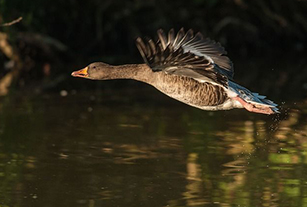
Malo Blato
Malo blato is also 2 km from Povljana in Mlinica area and can be accessed by the main road leading to Pag. This freshwater lake is situated approximately 10 km away from the town of Pag. The institutions in authority declared it a special ornithological reserve.
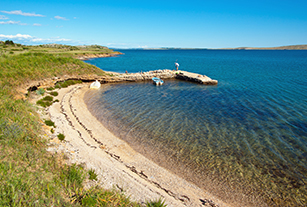
Stara Povljana bay
Today numerous sand beaches can be found in the bay, with inaccessible rocks to the south, while the north abounds with small beaches and inlets, accessible rockery and earth paths leading you to freshwater lakes, even more beautiful sand beaches and finally, to Pustograd, a breathtakingly beautiful wild inlet. Here ends you adventure by the sea, because what follows is a vertical, high cliff that never seems to end.
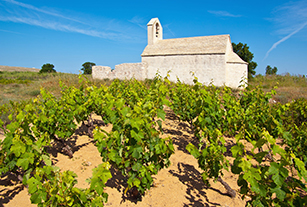
The church of St. Martin
The church can be accessed by an asphalt road across the field of Povljana. Turn right at the chapel and 200 m later, there is an earth path to the left that leads to the church. (tourist signs mark the site). The church is mentioned in the will of Dižislav Radogostić Vuče on February 13, 1335. It has recently been entirely conserved and hence temporarily saved, and the church is an exceptionally important monument of our medieval architecture. In front of the rectangular church with semicircular apse there is an open walled space.
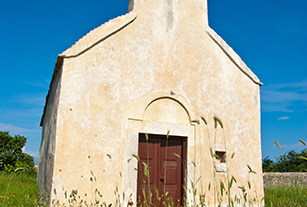
The church of St. Nikola
About 1 km to the southwest from the centre of Povljana, near Perilo beach, there is a very important monument of Croatian architecture, St. Nikola church. The church dates back to the 9th century. Archaeological research was conducted in the church and it has been conserved. The church courtyard is walled by a high, wide wall containing a cemetery.
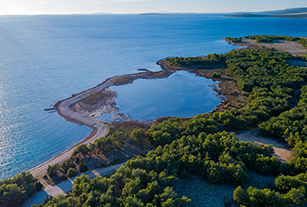
Curative mud “Segal”
West from Povljana, along Dubrovnik beach, there is “Segal” lake with therapeutic peloids. The sea is ahead while the woods and long walking trails are behind. If you are lucky, beautiful white swans may emerge from somewhere again.
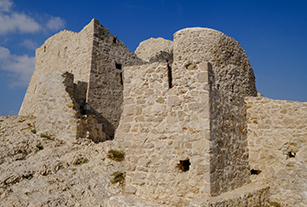
Fortica
Near the bridge of Pag (Ljubacka vrata), on the east end of the island are the remains of a former fortress. This was the point of patrolling and controlling the traffic of the ships. According to a legend, the settlers of Pag had seen the King Bela IV from the fortress, when he took refuge from the enemy in these parts. Fortica is located in a special landscape- sharp, bare rocky ground that resembles the surface of the Moon. It offers a beautiful view of Ljubacka vrata and the sea of Vir.
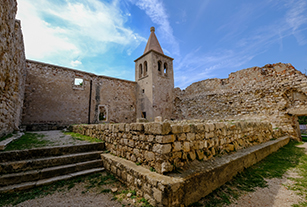
The Old Town
The Old town of Pag is located one kilometre from the town centre. So called Stari grad used to be a big and rich town, fortified by strong walls. A village named Košljun, on the west side of the island, was its port. Exploiting of the salt was the main occupation. There are numerous ruins of the old houses and the remains of the walls, roads and fortresses in the Old town. However, the best preserved are the parts of the Franciscan monastery and the Romanic church of Holy Mary. The church is mentioned for the first time in 1192.
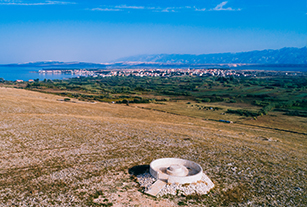
Vidikovac
On the road from Povljana center to the Prutna peninsula after passing through Povljana field on your right there is belvedere Vidikovac. A sweeping view of the town and surroundings is clearly visible from this plateau.

St. Juraj
After the disappearance of the settlement in Stara Povljana bay at the beginning of the 17th century, the new inhabitants of Povljana came from the city of Pag when the church of St. Nicholas of Benedictine was renamed in the church of St. George (1665.), the patron saint of the city of Pag and became a parish church.By then, the parish church in Povljana was the church of St. Martin
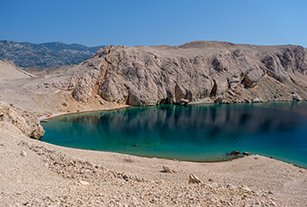
Slana bay
The cove Slana can be reached by boat or on foot from Barbati. It s located on the northwest part of the island, at the edge of Paška vrata, that is to say, of the entrance to the bay of Pag from the side of Velebit. Slana has beautiful, long spacious, sandy beaches. Especially impressive is the visual experience of the flat, bare cliffs that rise vertically from the sea. Slana is also suitable for fishing.
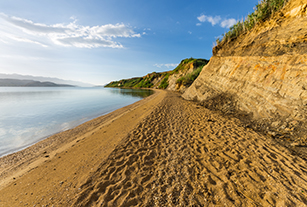
St. Duh
St. Duh is 5,5 nautical miles distant from Pag, and 15 km by road. This is an extremely peaceful area with spacious meadows and long beaches. The seabed is covered in fine sand. The springs of water exist on many beaches.
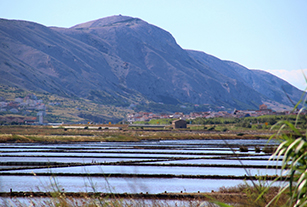
St. Vid
St. Vid (342 m) is the highest point of the island. It offers a magnificent view of the island and its surroundings. It is located to the west of the town of Pag. The best place to start the climb is from the grove Dubrava. There is a sign pointing to the climb, but even when one is unable to find it, one can start the climb from any point at the foot of the hill since the path is not very difficult.
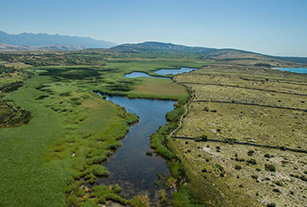
Blato Rogoza
Blato Rogoza is located near the village Kolan, on the western part of the island. It has been declared an ornithological reserve of protected wading birds, as well.
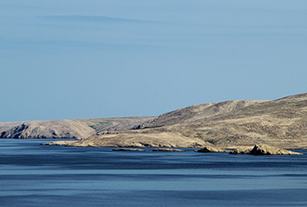
Šestakovci
This is a group of cliffs on the north side of the island, towards the Velebit. They can be reached only by boat. They are six nautical miles away from Pag. Not far from Šestakovci, there is a beautiful and pleasant beach with thick shade and an improvised port for small boats in case of storm. The local waters are favourable for fishing.

Local Wine cellar – Vina otoka Paga
The company “Vina otoka Paga” today inherits more than two thousand years old tradition of grape and wine production on the island of Pag. To this day, they revitalized the Gegić grape variety from which they produce quality wine. As part of the winery located on the ninth kilometer of the road from Povljana to Pag, there is a wine tasting and wine cellar with capacity of fifty persons. For groups, they offer tasting of wine and local cheese with the expert guidance of oenologists.
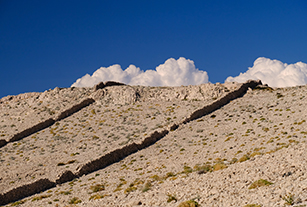
Pag’s triangle
Pag’s triangle is the name for an unusual imprint on the rocky ground, discovered on the hill Tusto èelo, in May 1999. Tusto èelo is located northwest of the town of Pag, not far from the ferry port Žigljen. It is a phenomenon, which attracts the attention of believers, alternative researchers of history and the UFO investigators. The geological researches have shown that the rocks inside Pag’s triangle are brighter than those outside of it are, and that after being exposed to the UV rays they emit red. The red colour is the proof that the rocks inside the triangle have been thermally treated. It is presumed that this imprint was made 12 000 years ago. Finding the triangle is relatively easy since there are signposts indicating the way from Žigljen and Novalja to the hill Tusto èelo. Around 30.000 people from around the world have visited Pag’s triangle since it has been discovered.
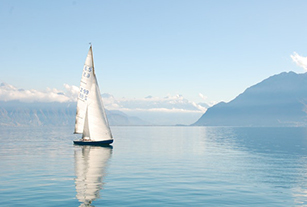
Sailing across the bay
Famous travel writer Alberto Fortis named the bay of Pag “the sea lake” because of its unusual shape resembling a lagoon. The bay of Pag has only one open end, towards the Velebit channel. It covers the area of 15 square miles, surrounded by a ring of 27 kilometres long sandy beaches. A trip around the bay of Pag means not only witnessing the exceptional beauty but also some details of Pag’s history, as well. The best place to start sailing around the bay is Mandrac, the old port built in the 15th century for putting ashore merchant ships.
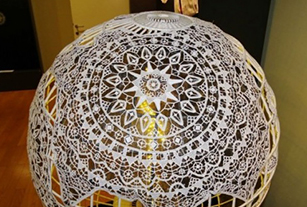
Benedictine Monastery Museum
Every visitor to the island of Pag should visit this exhibition as it represents the material and immaterial cultural treasure that has been collected and guarded by Benedictine Sisters for 700 years. Additionally, in the museum shop you can buy some of the delicacy you can not get anywhere:baškotin – pickled sweet bread, paška štrika – dessert with nuts and almonds, liqueur, Pag lace
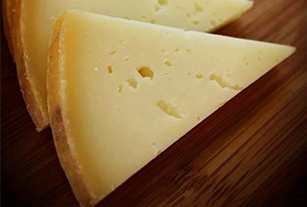
Cheese production
When you are staying at Pag, you can always visit the companies that produce Pag cheese. The oldest is Paška Sirana, which dates back to 1946. Paška sirana is the winner of several international awards for cheese quality. In addition, there are two family-run cheese production companies in Kolan: Gligora and MIH, which are the winners of several awards at competitions in Europe and the US. Each company has a store where you can buy cheeses from their assortment.
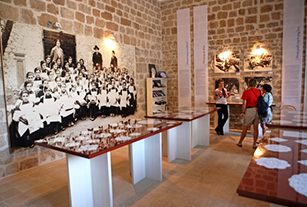
Pag lace exhibition
The tradition of lace making by needle point has been nurtured in the town of Pag for centuries. Among the products of this special tecnique, Pag lace is most valued and was thus registered in the UNESCO world heritage.
The stone edifice of the Rectors Palace forms the backdrop against which old photographs of Pag lace-makers are on display with the lace.
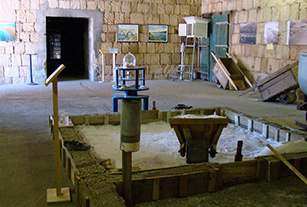
Salt museum
Next to the bridge in Pag, an interesting museum is located in the former salt warehouses. It’s a salt museum where you can see the tools and devices used for extracting and transporting salt in the past.
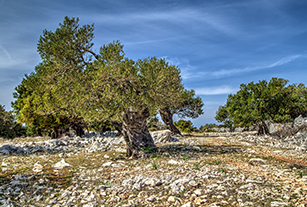
Lun Botanical Garden
Lun is a place known for its surrounding olive groves. Olives that breed here are very old. Some olive groves have wild olive trees and since 1963 the area is protected and proclaimed botanical garden (Lun botanical garden). This is the best place to buy original homemade olive oil at affordable prices.
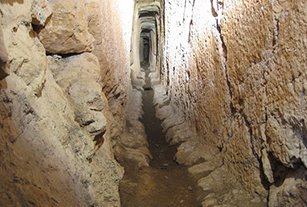
Ancient aqueduct – City museum Novalja
It is unique ancient aqueduct from 1st century AD, 1,2 km long. The entrance is located inside the town museum. In addition, the museum exhibits a large number of artefacts discovered from the sites of the ancient city of Cissa.
